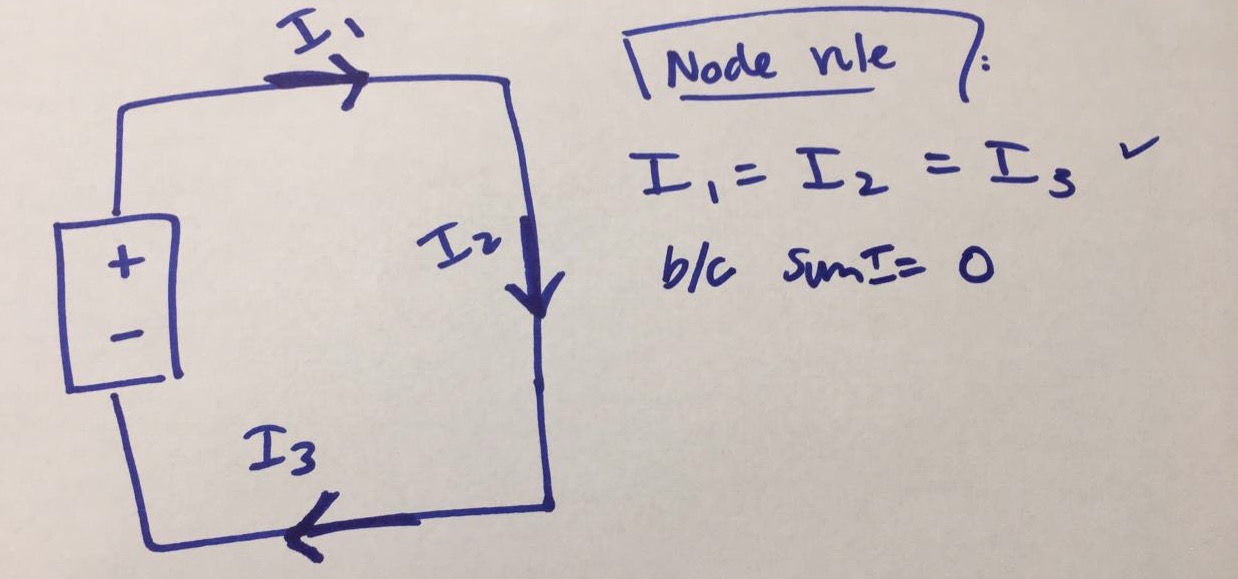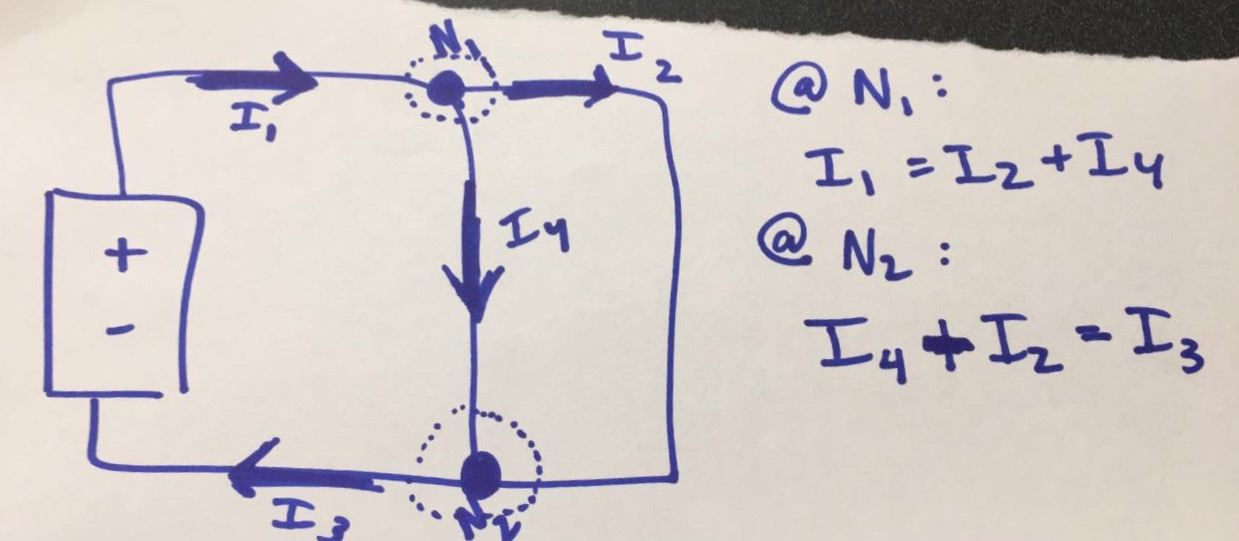Main Page: Difference between revisions
Seprudencio (talk | contribs) m (→Week 10) |
|||
| Line 529: | Line 529: | ||
====Potential energy==== | ====Potential energy==== | ||
<div class="mw-collapsible-content"> | <div class="mw-collapsible-content"> | ||
*[[Potential Energy - Claimed by | *[[Potential Energy - Claimed by Owen McAteer Spring 2018]] | ||
</div> | </div> | ||
</div> | </div> | ||
<div class="toccolours mw-collapsible mw-collapsed"> | <div class="toccolours mw-collapsible mw-collapsed"> | ||
====Electric potential==== | ====Electric potential==== | ||
Revision as of 14:15, 14 April 2018
Georgia Tech Student Wiki for Introductory Physics.
This resource was created so that students can contribute and curate content to help those with limited or no access to a textbook. When reading this website, please correct any errors you may come across. If you read something that isn't clear, please consider revising it for future students!
Looking to make a contribution?
- Pick one of the topics from intro physics listed below
- Add content to that topic or improve the quality of what is already there.
- Need to make a new topic? Edit this page and add it to the list under the appropriate category. Then copy and paste the default Template into your new page and start editing.
Please remember that this is not a textbook and you are not limited to expressing your ideas with only text and equations. Whenever possible embed: pictures, videos, diagrams, simulations, computational models (e.g. Glowscript), and whatever content you think makes learning physics easier for other students.
Source Material
All of the content added to this resource must be in the public domain or similar free resource. If you are unsure about a source, contact the original author for permission. That said, there is a surprisingly large amount of introductory physics content scattered across the web. Here is an incomplete list of intro physics resources (please update as needed).
- A physics resource written by experts for an expert audience Physics Portal
- A wiki written for students by a physics expert MSU Physics Wiki
- A wiki book on modern physics Modern Physics Wiki
- The MIT open courseware for intro physics MITOCW Wiki
- An online concept map of intro physics HyperPhysics
- Interactive physics simulations PhET
- OpenStax intro physics textbooks: Vol1, Vol2, Vol3
- The Open Source Physics project is a collection of online physics resources OSP
- A resource guide compiled by the AAPT for educators ComPADRE
- The Feynman lectures on physics are free to read Feynman
Resources
- Commonly used wiki commands Wiki Cheatsheet
- A guide to representing equations in math mode Wiki Math Mode
- A page to keep track of all the physics Constants
- A page for review of Vectors and vector operations
- A listing of Notable Scientist with links to their individual pages
Physics 1
Week 1
Help with VPython
VPython
Interactions
Velocity and Momentum
Week 2
Momentum and the Momentum Principle
Iterative Prediction with a Constant Force
Week 3
Analytic Prediction with a Constant Force
Iterative Prediction with a Varying Force
Week 4
Fundamental Interactions
Week 5
Conservation of Momentum
Properties of Matter
Week 6
Identifying Forces
Week 7
Energy Principle
Week 8
Work by Non-Constant Forces
Potential Energy
Week 9
Multiparticle Systems
Week 10
Choice of System
Thermal Energy, Dissipation and Transfer of Energy
- Thermal Energy
- Specific Heat
- Heat Capacity
- Calorific Value(Heat of combustion)
- Specific Heat Capacity
- First Law of Thermodynamics
- Second Law of Thermodynamics and Entropy
- Temperature
- Predicting Change
- Energy Transfer due to a Temperature Difference
- Transformation of Energy
- The Maxwell-Boltzmann Distribution
- Air Resistance
Rotational and Vibrational Energy
Week 11
Different Models of a System
Models of Friction
Week 12
Collisions
Week 13
Rotations
Angular Momentum
- Total Angular Momentum
- Translational Angular Momentum
- Rotational Angular Momentum
- The Angular Momentum Principle
- Angular Momentum Compared to Linear Momentum
- Angular Impulse
- Predicting the Position of a Rotating System
- Angular Momentum of Multiparticle Systems
- The Moments of Inertia
- Moment of Inertia for a cylinder
- Right Hand Rule
Week 14
Analyzing Motion with and without Torque
Week 15
Introduction to Quantum Concepts
Physics 2
Week 1
3D Vectors
Electric field
Electric force
Electric field of a point particle
Superposition
Dipoles
Week 2
Interactions of charged objects
Tape experiments
Polarization
Week 3
Insulators
Conductors
Charging and discharging
Week 4
Field of a charged rod
Field of a charged ring/disk/capacitor
Field of a charged sphere
Week 5
Potential energy
Electric potential
Sign of a potential difference
Potential at a single location
Path independence and round trip potential
Week 6
Electric field and potential in an insulator
Moving charges in a magnetic field
Biot-Savart Law
Moving charges, electron current, and conventional current
Week 7
Magnetic field of a wire
Magnetic field of a current-carrying loop
Magnetic field of a Charged Disk
Magnetic dipoles
Atomic structure of magnets
Week 8
Steady state current
Node rule
The Main Idea
- Mathematical Model
- In this image, you can see what our equations are based on: File:Noderule.jpg
- The node rules can be written as I_total = I_1 + I_2 and I_total = I_3 + I_4. It is also true that I_1 + I_2 = I_3 + I_4.
- However, each of these currents are different because each point has a different resistance. The current is different for each because it is equal to V/R, and in a parallel circuit, the voltage drop across each point is equal.
- An easy way to know when to use node rule is by seeing if there are three connections or more. That is when node rule is most helpful.
- Computational Model
- In an electric circuit in series, electrons flow from the negative end of a power source, creating a constant current. This current remains consistent at each point in the circuit in series. Sometimes, a circuit is not simply one constant path and may include parts that are in parallel, where the current must travel down two paths such as this:
- File:Noderule.jpg
- In this case, when the current enters a portion of the circuit where the items are in parallel, the total amount of current in must equal the total amount of current out. Therefore, the currents in each branch of the parallel portion must sum up to the amount of current at any other point in series in the circuit.
- People also call this the "Junction Rule"
- Another important point is that this comes from the Kirchoff's Circuit Laws
Examples
Connectedness
- To other topics:
- Many times when you use Node Rule you will also use the Loop Rule. The Loop Rule states that the sum of voltage will equal zero. So using this concept and the Node Rule, you are usually able to figure out missing variables in circuit problems.
- To majors:
- Node rule is important in all and any major. More specifically, electrical engineering because of the constant need to look, analyze, and understand circuits. However, in general, any major that involves some sort of circuitry will need this. It is the basis to making an effective circuit.
- To industrial application:
- If you go into robots, engineering, or really anything that involves wires and batteries. You will need to know this.
History
- Basic History
- Gustav Kirchoff was the man who discovered this rule while studying electrical currents. He was also the first person to confirm an electrical impulse moves at the speed of light.
External Resources and Information
- Sources like Khan Academy and simple YouTube searches can be very helpful in learning more about this topic.


